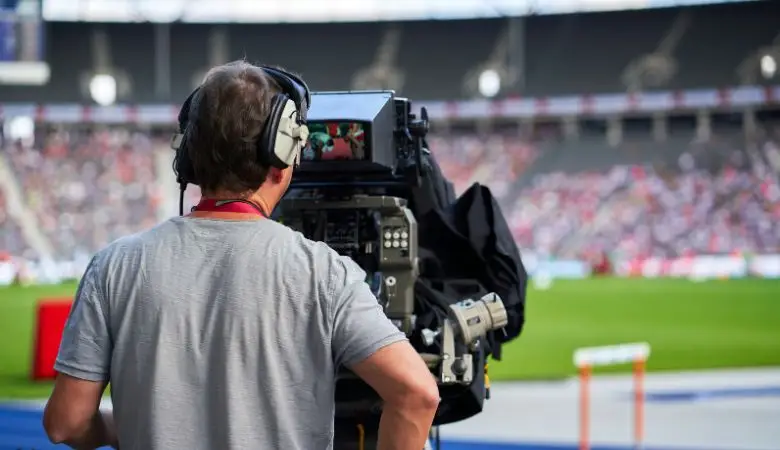Broadcasters in the live sports industry are constantly under pressure to produce content, faster, smarter, and at scale, as audience expectations for real-time updates, excellent visuals, and seamless multi-platform coverage climb. Automation changes the game at this point.
Modern sports broadcasting software has revolutionized how production teams manage everything from pre-game scheduling to real-time graphic overlays, multi-camera switching, replays, and content distribution. By automating repetitive, high-risk tasks, broadcasters can now focus on storytelling, creative delivery, and fan engagement, without sacrificing accuracy or speed.
Scheduling and content prep: from spreadsheets to smart timelines
In the past, arranging rundowns, loading media assets, coordinating with on-site personnel, and synchronizing with ad breaks all took hours of human labor to arrange a sports broadcast. Producers may now create, view, and modify schedules on centralized software dashboards thanks to automation tools. These solutions provide real-time team synchronization, drag-and-drop interfaces, and integrations with external data streams and content libraries (such as league APIs and match schedules).
Scheduling becomes even more effective when templates are already set up. Formats for weekly games or regular events can be replicated by broadcasters, who can automatically adapt them to audience segments, platform-specific requirements, or time zones.
Automated graphics and data overlays

Real-time graphics insertion is one of the most potent automation features in sports broadcasting. In addition to dynamically rendering graphics like lower thirds, heatmaps, leaderboards, or match timelines, modern systems are able to pull live data from player stats, scoreboards, and tracking systems.
Presets, automatic circumstances (such as goal detection), or even AI-based object tracking might cause these visuals to appear. This eliminates the need for human input and guarantees layout and branding consistency. This automation greatly improves visual narrative speed and accuracy for fast-paced sports like football or basketball.
Multi-camera switching and replay workflows
Dynamic, fluid camera work is essential for live sports coverage. Directors manually navigate between feeds, watch replays, and trigger highlights in conventional control rooms. Pre-programmed camera shifts based on game situations, action zones, or player movement are now possible thanks to automation software that combines camera control systems and replay servers.
It is also possible to automate replays. For instance, the system may instantaneously create a replay clip, apply branded visuals, and insert it into the live stream or post-match review when a crucial event (goal, foul, or turnover) is detected – either manually or with AI-assisted detection.
Because fans expect almost instant access to key moments, this minimizes operational delays, enables faster highlights, and promotes second-screen viewing experiences.
Ad insertion and distribution made seamless
The main source of income for sports broadcasting is still advertising. Ad insertion is now more precise and platform-aware thanks to automated methods. The program makes sure that advertisements, whether they are branded overlays, sponsored segments, or mid-roll commercials, are positioned at the best times and tailored for each channel, be it social media, OTT, mobile, or linear TV.
Additionally, distribution is simplified. The program may simultaneously push output to several locations once a show is live, including live TV, YouTube, Twitch, mobile apps, and even social media highlights. This speeds up time-to-publish by eliminating the requirement for distinct encoding or upload procedures for every platform.
The operational impact: fewer errors, greater agility
Production teams encounter fewer human errors – such as missing ad slots, typographical errors, or replay delays – when critical operations are automated. It also improves teamwork, particularly in remote or hybrid production models when crew members operate in different time zones and locales.
Agility is perhaps the most significant benefit of automation. Broadcast teams can react in real-time without completely reworking the production schedule as match dynamics change, new information becomes available, or platform needs alter.
Sports coverage can be delivered more quickly, cleanly, and engagingly by broadcasters using intelligent software that manages scheduling, graphics, replays, and distribution. Automation ensures that behind-the-scenes operations remain flexible, smart, and prepared for the future as audience expectations rise.
